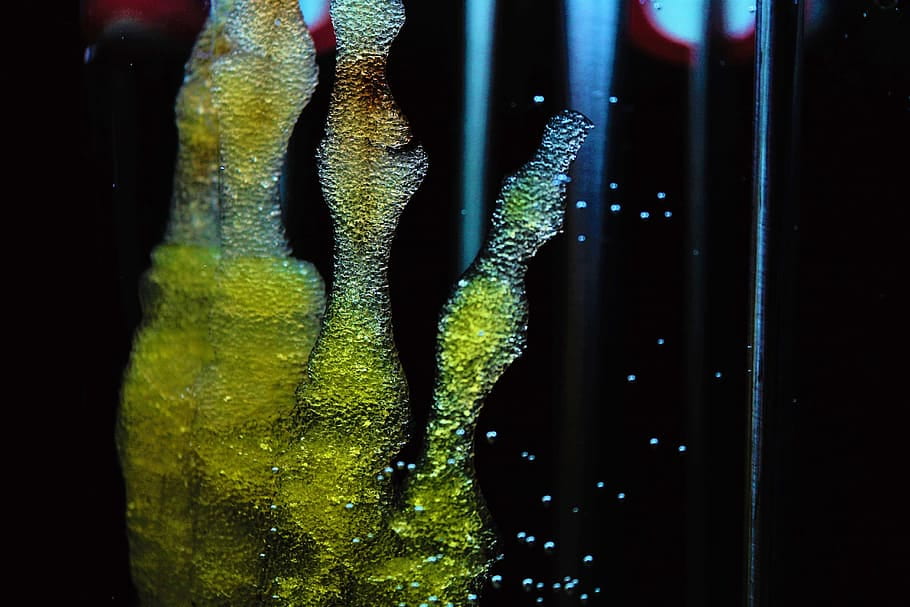Title: Preliminary Design Of Astaxanthin Production Using Haematococcus pluvialis Microalgae Culture
Excecutive Summary
Sponsored by Alat Laboratorium
Microalgae is one of the organism which can produce large amounts of antioxidants. Astaxanthin is the example of antioxidant which can be produced by microalgae. Antioxidants are important for the pharmaceutical industry as an additive compound for making medicines, cosmetics, and health supplements. The human consumption for supplements and cosmetics can be seen from the level of the country’s economic and personal economy. The higher the economic level of the country, the higher the activities undertaken by its citizens. High level of human activity resulted in the increase of supplement consumption to maintain the body endurance. In addition, people which are classified as middle to upper economic levels have started to think about daily health, so they need supplements to maintain the body. The use of cosmetics and skin care by the community has increased constantly. According to the data from the Ministry of Industry, an increase in sales of cosmetics from Rp8.5 trillion to Rp9.76 trillion in 2012 in Indonesia. The global market sales increased from Rp162 trillion to Rp4.698 trillion in 2012.
Biological agents used to produce astaxanthin antioxidant compound is Haematococcus pluvialis. Astaxanthin is a carotenoid compound class terpenoids which are produced by green microalgae. Microalgae produce astaxanthin when given the stress of increased salinity, decreased levels of nitrogen or an increase in light intensity. When there is stress in the environment, the microalgae will be transformed into cyst cells and formed carotenoids, such as astaxanthin, β-carotene, zeaxanthin, lutein, canthaxhantin, etc. (Lemoine and Schoefs, 2010). Astaxanthin is formed from isoprenoid precursors isopentilpirophosphate (IPP) and its isomer dimetilalilpirophosphate (DMAPP). Both of these compounds are produced from 2-C-methyl-D-erythritol 4-phosphate/1-deoxy-D-xylulose 5-phosphate pathway (MEP pathway / DOXP). This pathway begins from the reaction between pyruvic acid and glyceraldehyde 3-phosphate (G3P) which takes place in the plastids (Lichtenthaler, 1999). Both of these compounds are produced from glycolysis.
This production system of astaxanthin use Haematococcus pluvialis as biological agent. The production target capacity is around 1,150 kg/year astaxanthin. Astaxanthin produced is dissolved in oil with 97% concentration. The raw material of the production process at this production system are Heamatococcus pluvialis cell and culture medium for cultivation of Haematococcus. Cultivation are carried out by using flat panel photobioreactor as many as 14 reactors for biomass propagation phase (green stage) and 24 reactors for astaxanthin production phase (red stage). Cultivation on biomass propagation phase takes 14 days and the cultivation on astaxanthin production phase takes 24 days.
This astaxanthin production system is divided into three main processes; medium preparation process, cultivation process of Haematococcus pluvialis in photobioreactor and astaxanthin purification process. Medium preparation process includes sterilization of raw materials and medium mixing. Medium components consist of water, NIES C, NIES N-free, and mineral salts. The medium component consist of water, NIES C, and mineral salts are used in the cultivation of biomass propagation phase. The medium components such as water and NIES N-free are used in the cultivation of astaxanthin production phase. Sterilization of water used in medium components is done by using ultrafiltration modules. Sterilization of solid medium is done by using an autoclave. Medium mixing is done by using a mixer. Haematococcus pluvialis cultivation processes consist of cultivation of biomass at vegetative phase and cultivation at astaxanthin production phase. The last stage is purification process which consist of Haematococcus pluvialis harvesting stage using AVS harvester, homogenization using ball mill, evaporation using freeze dryer, and extraction using supercritical CO2 fluid extractor.
The utility of astaxanthin production system consists of water providers, cooling water providers, electricity providers, and material transfer system. The water required for production systems and offices with a total water needs as much as 181,892.08 kg/batch. Cooling water is needed to cool the medium at photobioreactor as much as 67,939 kg/batch. The cooling water is provided by cooling tower. Electrical energy to maintain the production process is provided from the State Electricity Company (PLN) with the energy needs of the entire system is 972,195 kWh per year and power requirement of 405,511 kW, so it takes a transformer substations with a capacity of 450 kVA (I3-TM Industrial Group capacity 200-30,000 kVA). Diesel power plant with the same power capacity was also built as a subtitution power unit support if the electricity supplied by PLN becomes problematic.
The initial capital needed to build the production system is Rp85,114,250,568.00. Revenue generated from the production of astaxanthin compound is Rp38,812,500,000.00 per year with a selling price of Rp33,750,000.00 per kg. Haematococcus pluvialis microalgae biomass that has been extracted can be resold as a fish feed with a selling price of Rp10,000.00 per kg and with a revenue of Rp264,000,000.00 per year. NPV value obtained by the calculation of economic analysis is Rp101,195,449,327.00 and the value of IRR is 19.2% with MARR of 10%. An estimated payback period of this production system is 3.7 years after the plant is operating or 5.7 years after the plant was built. Based on these data, the production of astaxanthin has great prospects, especially in Indonesia because until now there are rarely competitor industries producing antioxidants, especially astaxanthin in Indonesia.

Be First to Comment